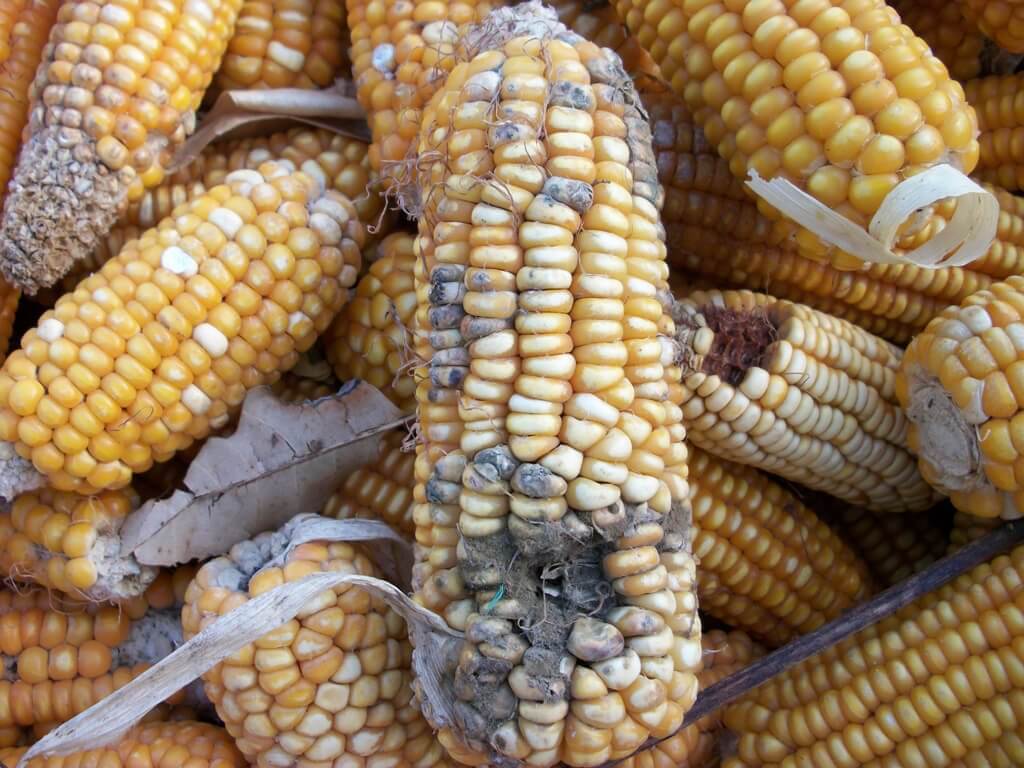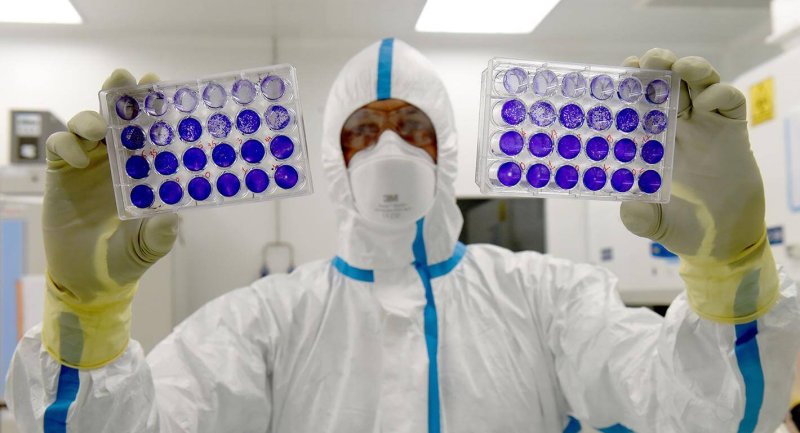The scope of the CBP is provided in Article 4, which states, “[t]his Protocol shall apply to the transboundary movement, transit, handling and use of all living modified organisms that may have adverse effects on the conservation and sustainable use of biological diversity, taking also into account risks to human health.” This scope outlines how narrowly focused the CPB is designed to be, as it does not focus on other aspects of agriculture that have adverse effects on the environment, such as organic farming or monoculture cropping. By narrowly focusing on international trade, the object of the CPB was that it would be able to serve as justification for countries to reject GM crop production of commodities that are commonly exported, such as corn or soy, and to reject GM crop imports.
An obsolete protocol thanks to evidence
The leading reason the CPB is an obsolete agreement is that the 25 years of safe, GM crop production and science has refuted the claims and fears made by environmental activist organizations. In the past 30 years, there have been 4,485 risk assessments conducted by federal regulatory agencies in over 70 countries, none of which found any difference in risk between GM crops and conventional, non-GM crops. The environmental benefits of GM crops are confirmed by the quantification of 775 million kg fewer pesticide applications during the period from 1996 to 2019. GM crops require fewer chemical applications, resulting in GM crops having a reduced environmental impact by 18%. The human health benefits are additionally estimated at a potential 100 million fewer cases of pesticide poisoning from chemical applications. Further to the human health benefits, research has confirmed that GM corn reduces cancer-causing mycotoxins by 30%.

Evidence confirms the environmental costs of not adopting GM crops. Australia approved GM canola in 2003, however, a moratorium on production was implemented in 2004. These moratoriums began to be lifted beginning in 2008 and an assessment of the foregone environmental benefits identified an additional 6.5 million kg of chemical active ingredients applied to canola land. In addition, the additional chemicals resulted in a 14.3% increase in environmental impact to farmers, consumers and the ecology, burned 8.7 million litres of diesel fuel and released an additional 24.2 million kg of greenhouse gas (GHG) and compound emissions. An assessment of agriculture in the European Union quantifies the dramatic costs of their refusal to adopt GM crops as EU agriculture needlessly releases 33 million tonnes of GHGs, compared to the scenario of GM crop adoption. This suggests that the EU’s approach to GM crops is grounded more in politics and perception than scientific evidence.
CPB impacts on improving food security and mitigating climate change
By imposing needless regulatory barriers on GM crops, the CPB stands as a substantial impediment to helping mitigate climate change and reducing food insecurity. Since 1996, GM crops have increased soybean yields by 278 million tonnes and 498 million tonnes of corn. Numerous food insecure African countries have commercialized GM crops in recent years, having confirmed that GM crops benefit the environment and can contribute to improving food security. The CPB acts as a substantial barrier to innovation as it is frequently linked with concepts of strict liability, whereby the onus for zero risk is placed on agricultural biotechnology innovative products. Zero risk is a mythical concept as every product and human action has risk associated with it. Food choices, travel, drugs and even exercise, all have risks related to them.
The number of people who are food insecure has increased in recent years, further compounded by the Covid pandemic and its effects on food supply chains. At the end of the day, GM crops increase yields. As climactic changes further impact crop and food production, all technologies capable of reducing food insecurity need to be freely available to those wanting access. In the 25 years of safe GM crop production, no credible, peer-reviewed evidence has indicated adverse effects, which confirms how misguided the intentions of the CPB were by the original drafting parties. The CPB is an agreement that is not grounded in scientific data or evidence but rather is based on politically motivated misperceptions. If significant improvements in global food security are to be achieved in the coming decade, the barriers imposed by the CPB need to be removed. The time for the CPB to be retired as an international agreement is long overdue.
Stuart J. Smyth is a professor in the Department of Agricultural and Resource Economics and holds the Industry Funded Research Chair in Agri-Food Innovation at the University of Saskatchewan. Follow him on Twitter @stuartsmyth66
A version of this article was originally posted at SAIFood and has been reposted here with permission. SAIFood can be found on Twitter @SAIFood_blog































